Cultivating Abundance: A Journey into Permaculture and Self-Sufficiency
With a small vegetable garden, this family is 100% self-sufficient in vegetables.
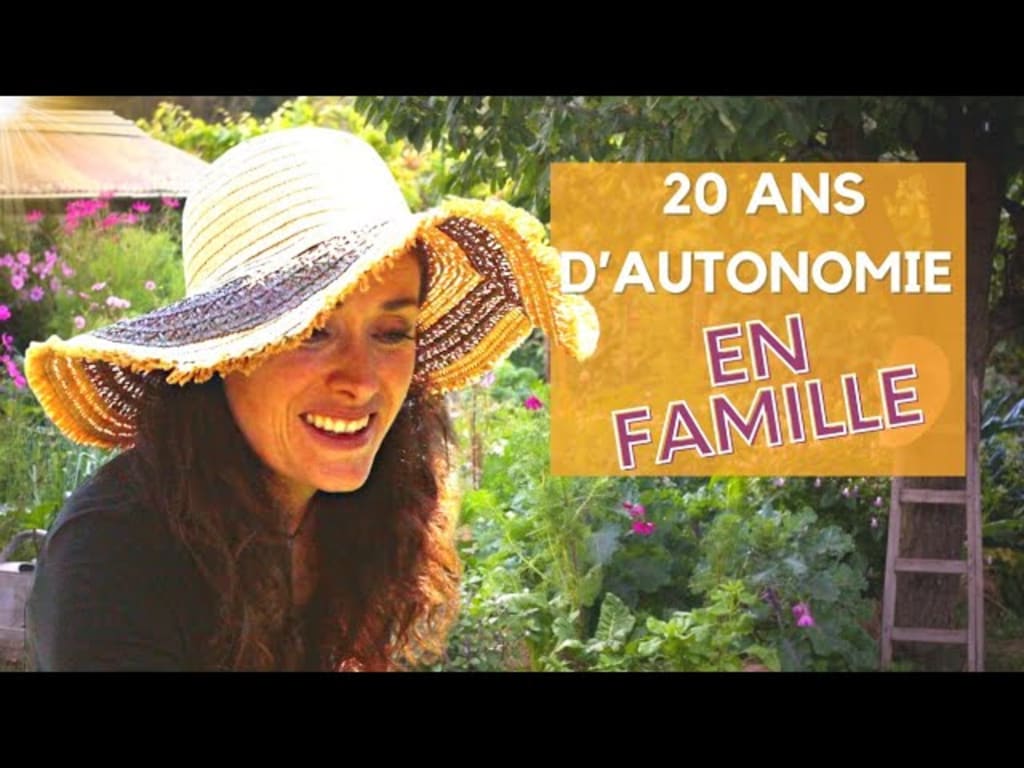
In the world of Neo-Autonomists, the allure of self-sufficiency and sustainable living has captivated many. One prominent figure in this realm is Marie Chiotat, a renowned culinary photographer known for her commitment to permaculture and her family of eight. In this article, we delve into Marie's experiences and insights on successful gardening in permaculture, alongside a small-scale animal husbandry. Join us as we explore the key elements that contribute to a bountiful harvest in her farmstead.
Marie Chiotat: A Culinary Pioneer
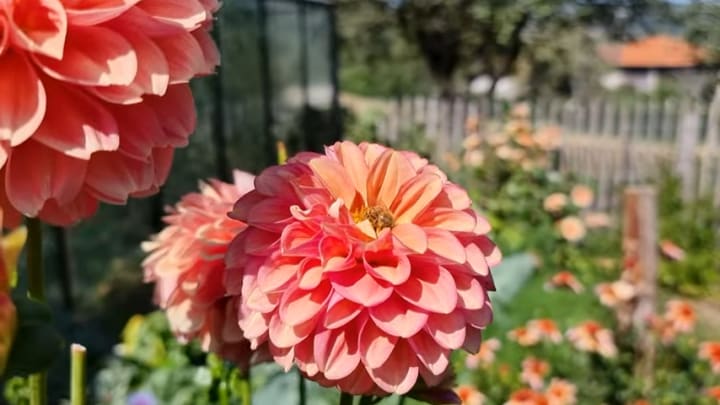
Marie Chiotat's reputation primarily stems from her extensive collection of cookbooks, numbering over fifty. Her focus has always been on wholesome, organic cuisine. However, beneath her culinary expertise lies a deep-rooted passion for gardening, specifically nurturing a garden that sustains her family with fresh produce. For Marie, these two aspects are intrinsically connected – the love for delicious, nutritious food and the satisfaction of cultivating it herself. This article aims to not only showcase her beautiful garden but also to provide a testimony of how a small garden space, like hers (only 1500 square meters), can yield an abundance of crops.
The Early Years: A Learning Curve
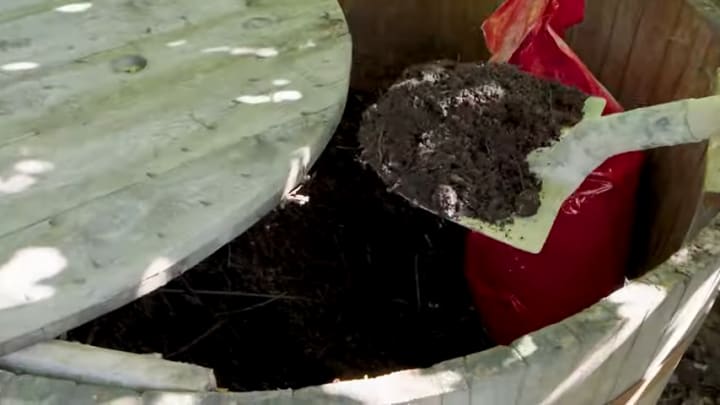
Marie and her family moved into their current home two decades ago, marking their 20th anniversary in the region recently. Her initial gardening experiences in the region were both amusing and enlightening. In the Dauphiné region, winters can be harsh, causing the soil to freeze. Her first attempt at digging into frozen ground ended with the shovel almost hitting her face, a lesson in regional climate realities.
The family's first vegetable garden was a modest attempt, with small rows of neatly aligned crops. It was enough to supplement their meals but insufficient for full self-sufficiency. Marie's quest for knowledge led her to permaculture principles, focusing on crop density, soil health, and ecosystem vitality. The transformation was remarkable. From a conventional garden, they evolved into a lush, productive permaculture paradise.
Lessons from Mistakes
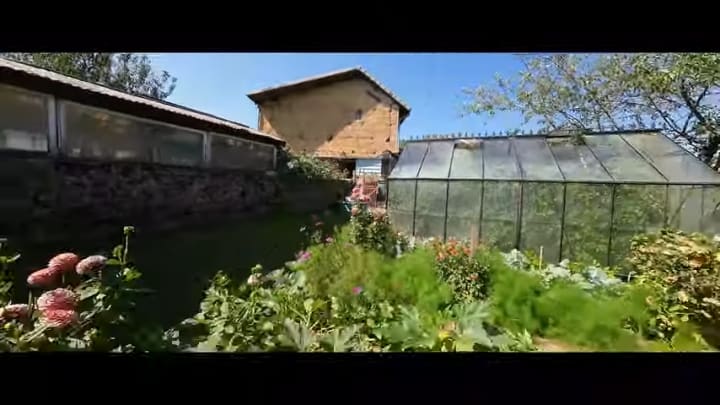
Marie emphasizes that every gardener, regardless of experience, makes mistakes. It's part of the journey. She shares a few of her own mishaps, like her attempt to withhold water from squash plants, resulting in a poor harvest. Additionally, she confesses to struggling with parsnips for years, never quite achieving success. There's also a peculiar tale of a mysterious nightly visitor uprooting her chicory plants. Despite these setbacks, Marie's resilient spirit shines through, serving as a reminder that even experts encounter challenges.
Successful Crops for Self-Sufficiency
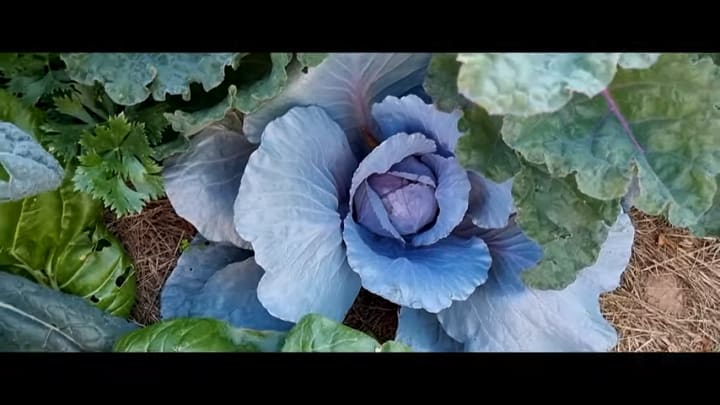
To achieve year-round self-sufficiency in vegetables, Marie strategically plans her garden. She prioritizes high-yield crops that are essential for sustaining her family. These include lettuce, tomatoes, squashes, various types of cabbage, Swiss chard, leeks, and celery. These staples form the backbone of their self-sufficiency.
Marie also incorporates crops that may not yield as much but add diversity and flavor to their meals. Bell peppers and carrots fall into this category. While they may not be as prolific as tomatoes or cabbage, they are indispensable for culinary variety.
Beyond Vegetables: Animal Husbandry
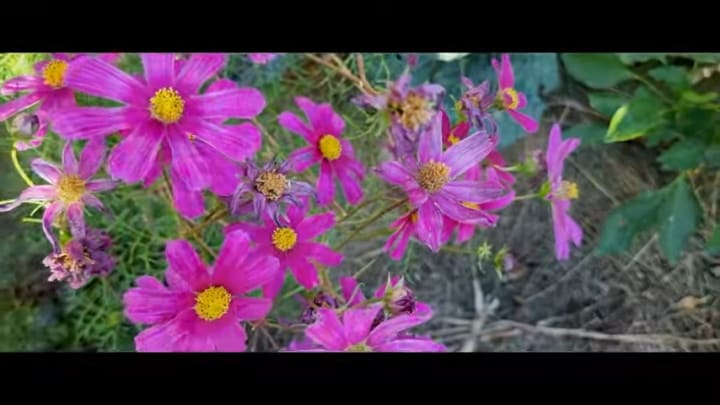
Apart from vegetables, Marie's farmstead boasts a small-scale animal husbandry component. While it plays a minimal role in their overall sustenance, it adds to the holistic experience. Marie mentions that they keep a few animals, mainly for enjoyment rather than substantial meat production. It's a testament to the harmonious balance between plant and animal life on their farm.
Diversifying with Perennials
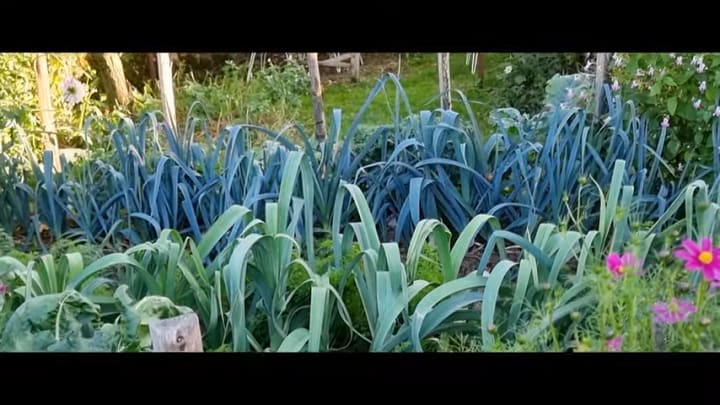
Marie doesn't focus on seed saving or perennial plants, as the limited space of 1500 square meters necessitates continuous crop rotation. However, she does appreciate the beauty and benefits of letting some plants go to seed. For instance, her cabbage plants are allowed to flower, attracting pollinators and contributing to ecosystem health.
Conclusion
Marie Chiotat's journey into permaculture and self-sufficiency is a remarkable testament to what can be achieved even with limited garden space. Her story inspires others to embrace gardening, acknowledging that mistakes are part of the learning process. By prioritizing high-yield crops, embracing diversity, and maintaining a resilient spirit, Marie and her family have created a garden that sustains them year-round, offering valuable lessons in sustainable living and abundance for all who seek them.





Comments (1)
Great work! Good job!